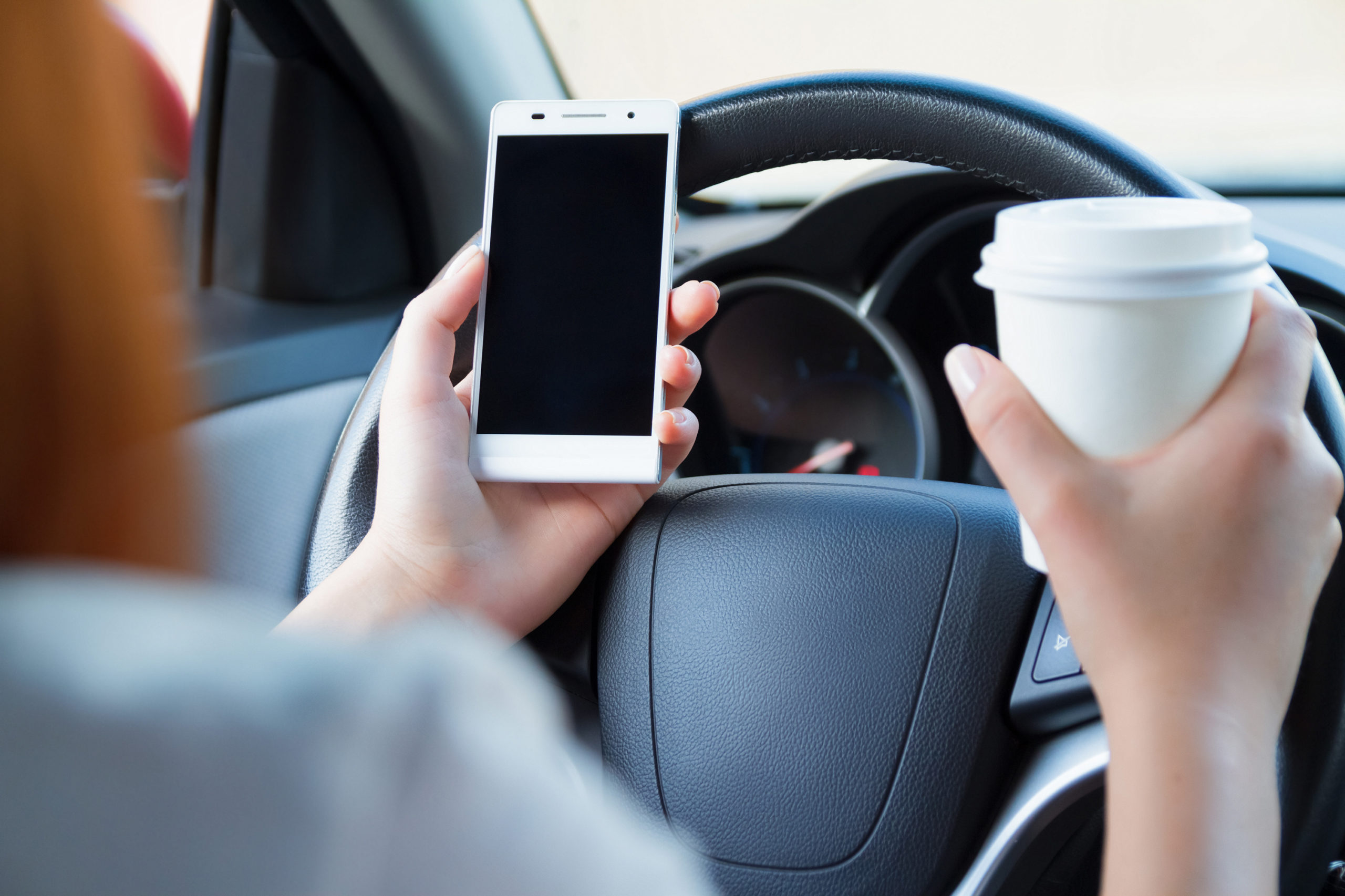
Driving Distractions: Beware of Distractions While Driving
More than 9 people are killed and more than 1,153 left injured in crashes each day that are reported to involve a distracted driver. What is distracted driving? Simply, it is the act of driving while doing another activity that takes your attention away from driving. There are basically three types: Visual, which involves taking your eyes off the road; manual, which involves taking your hands off the wheel; and cognitive, which involves taking your mind off of driving. Distracted driving can include things like using a cell phone, texting, and eating, when your main focus should solely be on the road. (1) The sad fact of the matter is that facts exist that say teen drivers are more likely than any other age group to be involved in a fatal crash where distractions were cited. (2)
In our technologically advanced age, it is no wonder that cell phones and eating while driving would be one of the largest major distractions on the road. These are things that we do all the time, every day. There are many risk factors involved in this, however, as one should always be aware of. When texting or eating, in comparison to other distractions, the driver’s attention can be taken away more frequently and for longer periods of time than other distractions. A scary fact of the matter is that texting while driving is linked with drinking and driving or riding with somebody who has been drinking among high school student aged citizens in the United States. Upon surveys conducted by the CDC, they found that:
- Nearly half of all high school students aged 16 years or older text or email while they are driving.
- Students who text while driving are also nearly twice as likely to ride with a driver who has been drinking and five times as likely to drink and drive than students who don’t text while driving.
- Students who frequently text while driving are more likely to ride with a drinking driver or drink and drive than students who text while driving at a less frequent rate. (1)
Another one of the biggest distraction risks known are smoking-related (which includes smoking, lighting up, or putting ashes in the ashtray.) More include moving objects like pets or removing insects from the car, adjusting audio or climate controls, and operating a GPS system. Other occupants in the vehicle can also be distracting and friends have made bad company for 5% of distracted drivers involved in fatal crashes, according to studies. (2)
So, what is being done to change these numbers? Many states are enacting laws (like banning texting while driving) to help raise awareness about the dangers of distracted driving and to keep it from occurring in future years to come. It is believed that the best way to end distracted driving is, essentially, to educate all Americans about the danger it poses. (3) Being aware and taking precautions can help save the lives of many!
(1) http://www.cdc.gov/motorvehiclesafety/distracted_driving/
(2) http://www.propertycasualty360.com/2013/04/11/10-deadliest-driving-distractions
(3) http://www.distraction.gov/stats-research-laws/facts-and-statistics.html

















